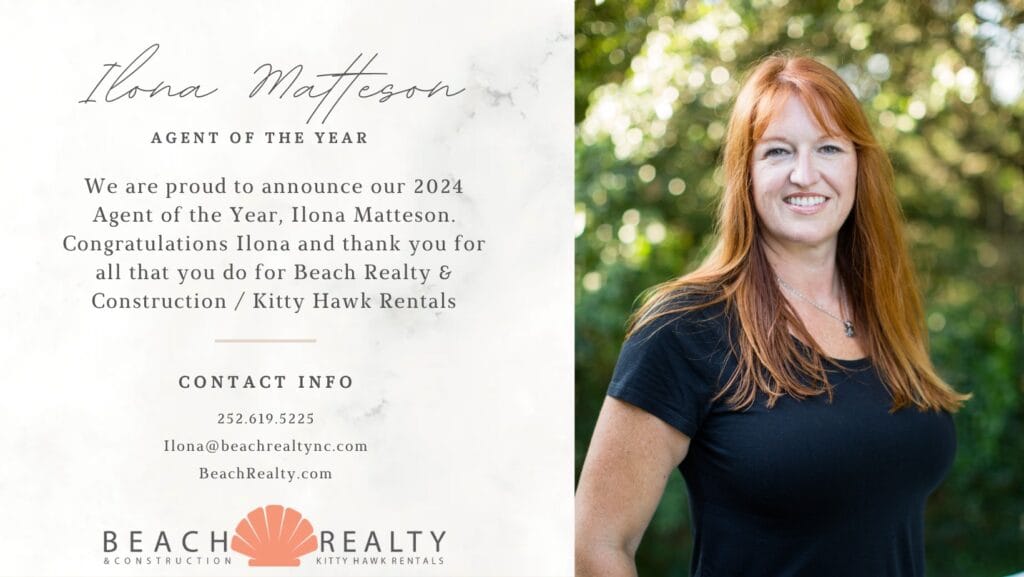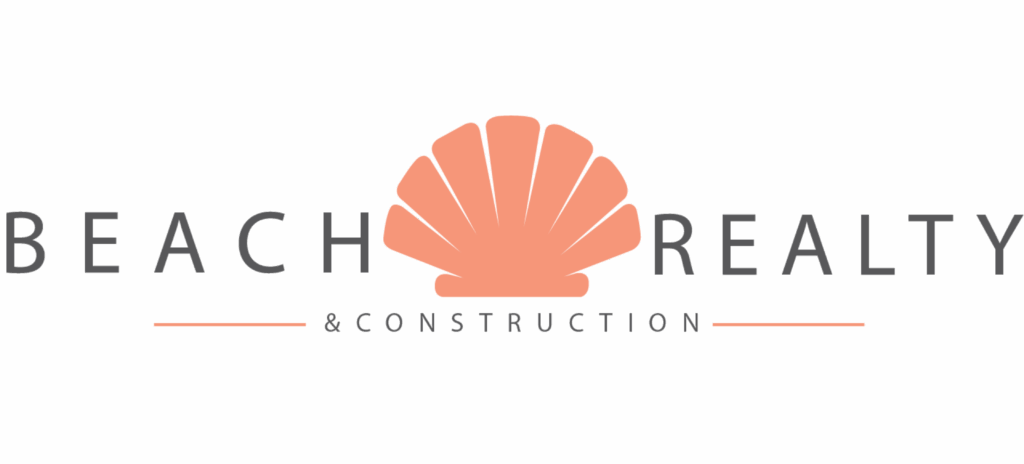CALL FOR ACTION
PROPOSED RATE INCREASES
FOR DWELLING POLICIES
COMMENT PERIOD ENDS NOVEMBER 19, 2025
The NC Rate Bureau submitted a Filing to the NC Department of Insurance (NCDOI) to increase insurance rates on dwelling policies. This filing also impacts rates on NCIUA (Beach Plan) dwelling and dwelling wind only policies. Dwelling policies differ from homeowner policies typically covering second homes, vacation rental homes or year-round rental homes.
The Rate Bureau is requesting consecutive increases over a two-year period. For Territory 110 (the barrier island areas of Dare, Currituck and Hyde counties), a rate increase of 40.6% is requested annually on July 1, 2026 and July 1, 2027. For Territory 130, (the inland areas of Dare, Currituck and Hyde counties), a rate increase of 37.4% is requested annually on July 1, 2026 and July 1, 2027. These rate increases were filed by the NC Rate Bureau on October 30, 2025. The last dwelling rate increase approved by the NC Department of Insurance became effective on November 1, 2024.
The Rate Bureau is requesting the following Dwelling policy rate changes based on $15,000 Coverage, Protection Class 5 for Frame Construction for Fire Only and for Extended Coverage (wind/other named perils)
| Territory | Territory Definition |
Current Fire/Extended Coverage Base Rate Effective 11-1-2024 |
Proposed 2-Year Rate |
Proposed Fire/Ext Coverage Base Rate 7-1-2026 |
Proposed Fire/Ext Coverage Base Rate 7-1-2027 |
|
110 |
Barrier Island areas of Currituck, Dare & Hyde |
$17/$215 |
1.5%/40.6% |
$17.26/$347 |
$17.56/$487 |
|
130 |
Inland areas of Currituck, Dare, Hyde & Pamlico Counties |
$32/$173 |
-2.6%/37.4% |
$31.17/$242 |
$30.36/$332 |
Even non-resident property owners should submit comments
since they will be impacted by any rate increase.
IT IS IMPORTANT THAT NCDOI HEAR FROM YOU!
PLEASE EMAIL YOUR COMMENTS ON or BEFORE 11-19-2025
mail to: [email protected]

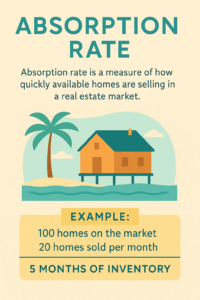 Absorption rate is a key real estate metric that shows how quickly available homes are selling in a specific market.
Absorption rate is a key real estate metric that shows how quickly available homes are selling in a specific market.
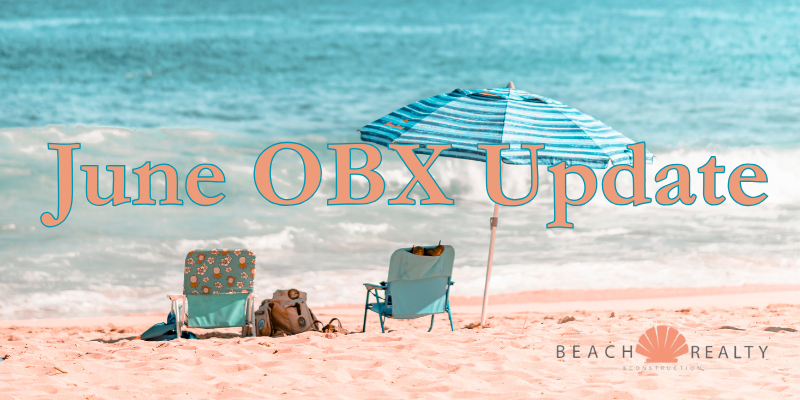
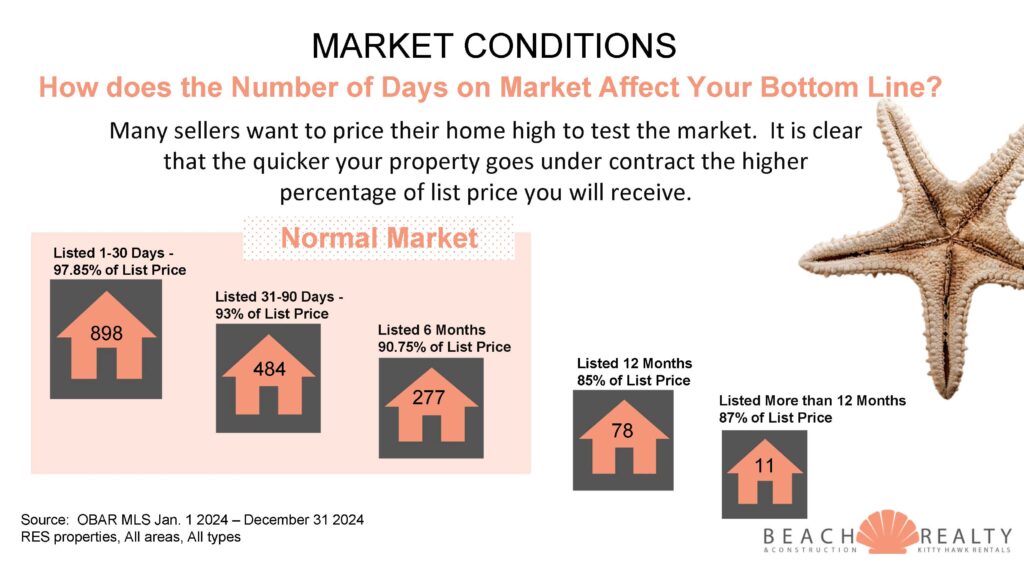
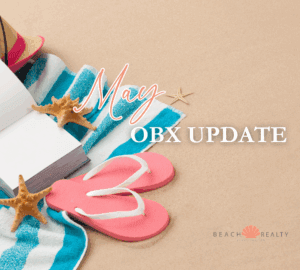 Now that we have 4 full months of data for 2025, let’s see how it compares to the same time last year. There are some noticeable changes to keep track of which is outlining the little by little deterioration of our current market.
Now that we have 4 full months of data for 2025, let’s see how it compares to the same time last year. There are some noticeable changes to keep track of which is outlining the little by little deterioration of our current market.


